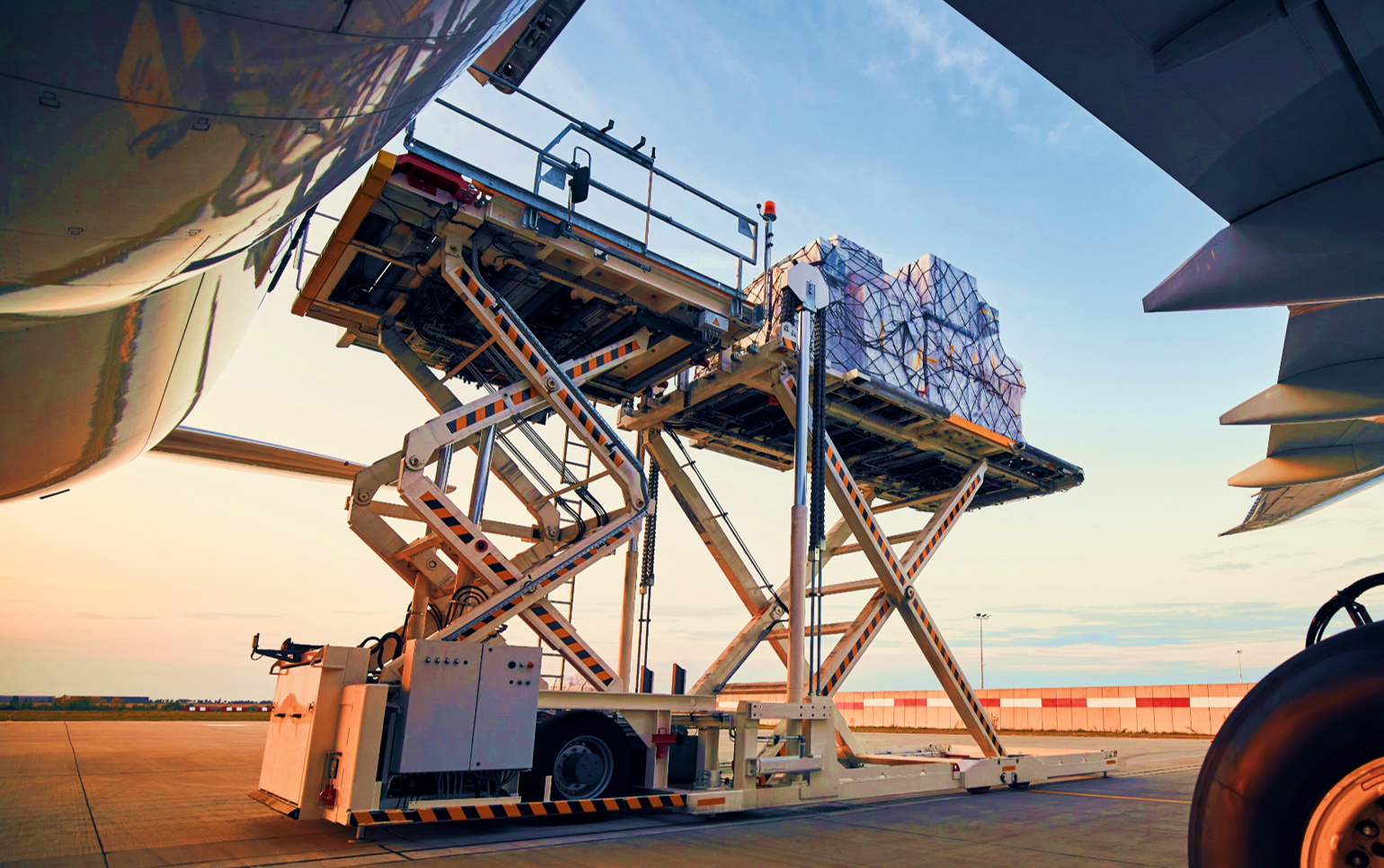Bute-based haulier, John Mackirdy Limited, has taken delivery of a new Carrier Transicold Vector® HE 19 MT (multi-temperature) refrigeration unit, mounted to the company’s first ever double-deck trailer. The new asset is designed to increase fleet efficiency and improve sustainability across the business. Carrier Transicold is a part of Carrier Global Corporation (NYSE: CARR), a leading global provider of healthy, safe and sustainable building and cold chain solutions.
The new 13.6-metre double deck – manufactured by Gray & Adams – joins John Mackirdy’s 10-strong mixed commercial vehicle fleet, which includes two standard refrigerated trailers mounted with Vector 1950 MT units and one 12-tonne rigid with a Carrier Transicold Supra® 450 unit.
“All of our refrigerated vehicles are Carrier-cooled; when it comes to new trailers, we always specify the latest Vector, and they’ve never let us down,” said John Mackirdy, managing director, John Mackirdy Limited. “As a business, we’re now looking at ways to reduce our carbon footprint and future proof our fleet; the new double deck will play a major role in this. We’ll be able to combine substantial fuel savings from the Vector with almost double the load space, meaning we make far fewer journeys.”
The new Vector HE 19 MT combines Carrier Transicold’s all-electric E-Drive™ technology with a new ultra-modern multi-speed engine design that can cut fuel consumption by up to 30%. The unit also offers a 10% saving in weight and a noise reduction of 3 dB(A) – which to the human ear equates to 50% less noise. The system also delivers up to 15% savings on maintenance costs.
The fully hermetic scroll compressor and economiser helps increase refrigeration capacity during pull-down by 40%, while cutting the chance of refrigerant escape by 50%. When plugged into the electrical grid on standby, the Vector HE 19 MT is also 19% more efficient, meaning it delivers reduced diesel, maintenance and electricity bills.
“The list of benefits we get from the new Vector HE 19 MT are fantastic. Not only do they help us deliver on the environmental front, but they also drive down operating and running costs – which in the current climate is extremely important,” said Mackirdy.
John Mackirdy has also opted for Carrier Transicold’s advanced telematics package for the first time. Using two-way communication, the system offers the ability to remotely alter set points or operation modes, as well as initiate defrosts, pre-trip checks, and clear alarms from any connected device. The new Vector HE 19 MT also features Carrier Transicold’s DataCOLD™ 600 temperature recorder, which provides easy access to a wealth of information on unit performance.
The new unit is also covered by everCOLD™, Carrier Transicold’s fixed cost, full-service maintenance package that includes annual temperature control testing and certification, full regulatory checks and access to Carrier Transicold’s oneCALL™ 24/7 incident management service. These innovative service and technology enhancements ensure the safe transport of perishables, which aligns with Carrier’s Healthy, Safe, Sustainable Cold Chain Programme. Expected to stay in operation for 10 years, the new trailer will transport goods for a variety of customers. However, it will primarily be used for the distribution of food products from a local producer into mainland Scotland.







